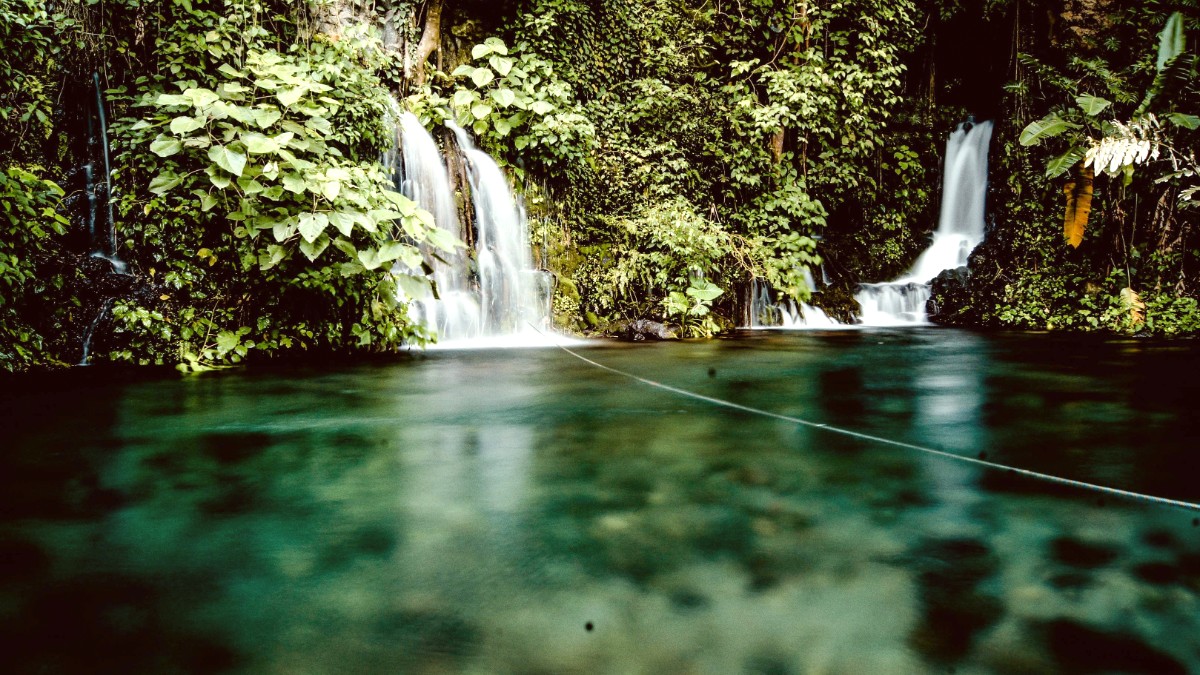
Tabasco And Chiapas, Mexico
This is Tabasco, a destination waiting for your discovery. It combines ancient mysteries, natural wonders, and a distinct regional culture, offering a different perspective on Mexico.
Tabasco occupies a strategic position in southeastern Mexico, bordering the Gulf of Mexico to the north, Campeche to the east, Chiapas to the south, and Veracruz to the west. Its geography shows extensive low-lying plains, vast river systems, and numerous lagoons, making it one of Mexico's most humid and water-rich states. The Grijalva and Usumacinta rivers, two of the largest in Mexico, dominate its landscape, shaping both its ecology and its history.
Tabasco is recognized as the cradle of the Olmec civilization, often called the "mother culture" of Mesoamerica. The Olmecs, flourishing from around 1500 to 400 BCE, developed sophisticated societal structures, monumental art (like the colossal stone heads), and early writing systems. Archaeological sites like La Venta testify to their complex society. The region later became part of the Maya sphere, with sites like Comalcalco demonstrating advanced brick construction unique in the Maya world.
Tabasco's geography is characterized by extensive low-lying plains, vast river systems, and numerous lagoons, making it one of Mexico's most humid and water-rich states. The Grijalva and Usumacinta rivers, two of the largest in Mexico, dominate its landscape. This environment supports dense tropical rainforests, mangroves, and wetlands, including the expansive Pantanos de Centla Biosphere Reserve.
Tabasco is recognized as the cradle of the Olmec civilization. Their influence spread across Mesoamerica, paving the way for later civilizations like the Maya. During the Spanish conquest, Tabasco was a site of early encounters. It is a place in the history of cacao cultivation, which dates back to pre-Hispanic times and remains a core part of its identity.
Capital city and cultural hub.
Home to colossal Olmec stone heads.
Vast wetlands for ecotourism and wildlife.
Unique brick-built Maya archaeological site.
Learn about chocolate production.
Tabasco combines ancient mysteries, natural wonders, and a distinct regional culture. Villahermosa, the capital city, serves as a hub, providing access to museums, the Parque-Museo La Venta with its Olmec heads, and a lively urban environment.
Outside the city, the state unfolds into rich natural areas, including the Pantanos de Centla wetlands, perfect for ecotourism and wildlife viewing. Comalcalco presents unique brick-built Maya ruins and nearby cacao haciendas for insights into chocolate production. The climate is tropical, with year-round warmth and a distinct rainy season. Visitors find a welcoming local culture and cuisine focused on fresh, regional ingredients. Tabasco rewards those who seek to explore beyond the usual.
The capital city is your gateway to Tabasco. It hosts cultural attractions, modern conveniences, and is the base for exploring the state's offerings. Don't miss Parque-Museo La Venta, where colossal Olmec heads stand.
Venture into the Pantanos de Centla Biosphere Reserve, one of Mesoamerica's most important wetlands. Here, you can take boat tours to observe diverse bird species, monkeys, and crocodiles in their natural habitat.
Tabasco offers a different perspective on Mexico, providing experiences beyond common tourist paths.
Tabasco combines ancient mysteries, natural wonders, and a distinct regional culture, offering a different perspective on Mexico.
A destination waiting for your discovery, inviting exploration of its unique landscape, history, and traditions.
Explore the Olmec origins and Maya heritage.
Discover extensive wetlands and rainforests.
Experience the cacao culture and local cuisine.
A journey to Tabasco promises discovery. Consideration of a few aspects enhances your experience.